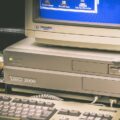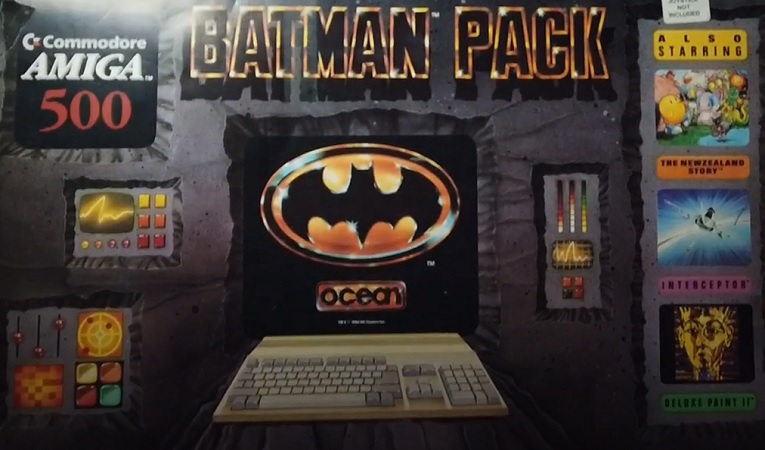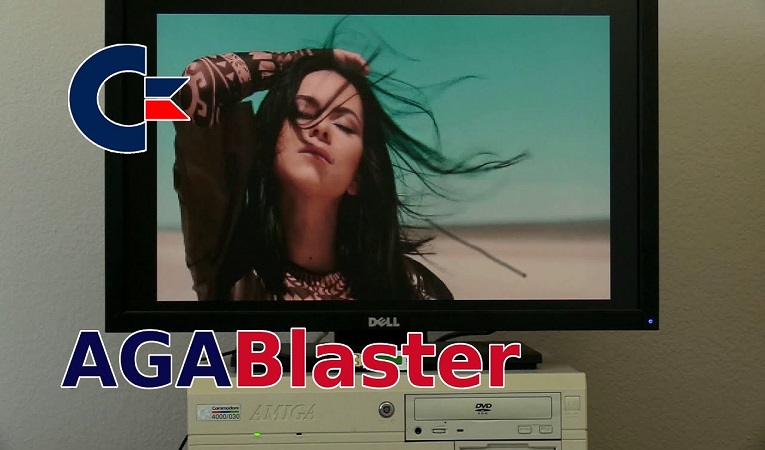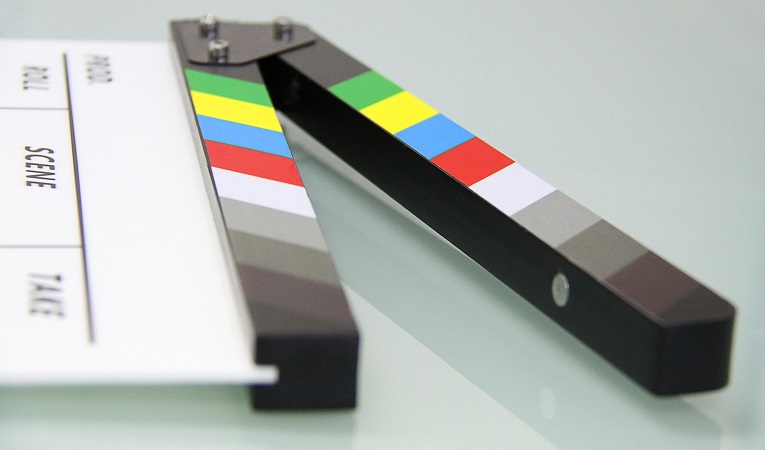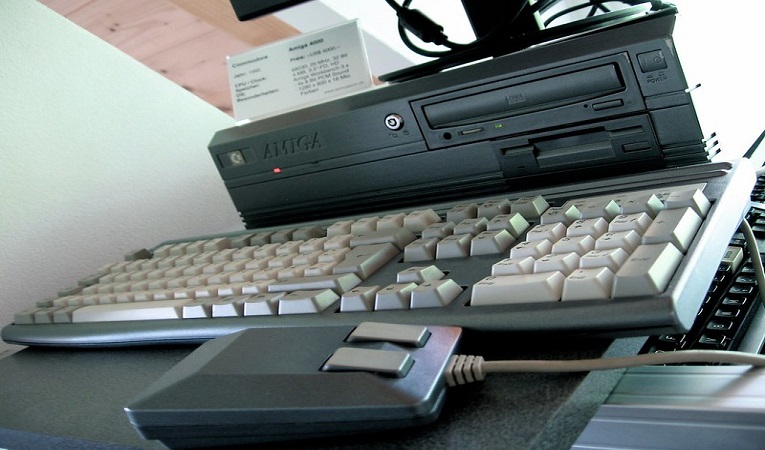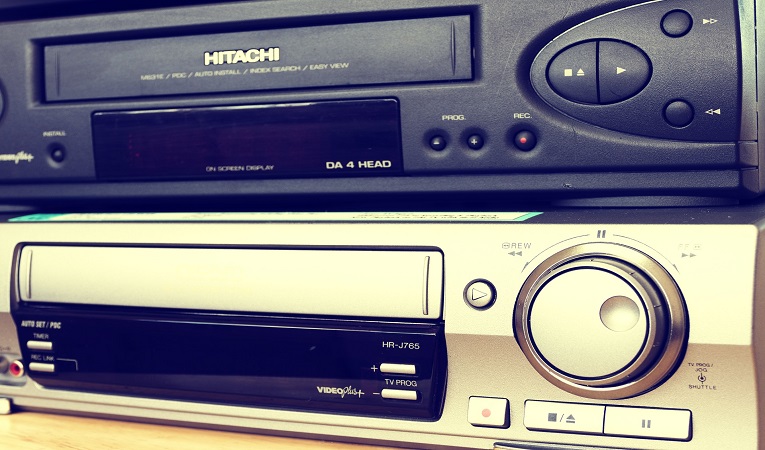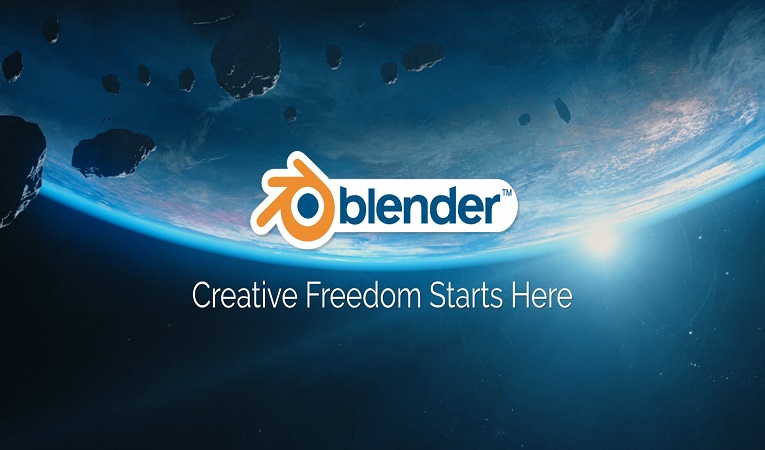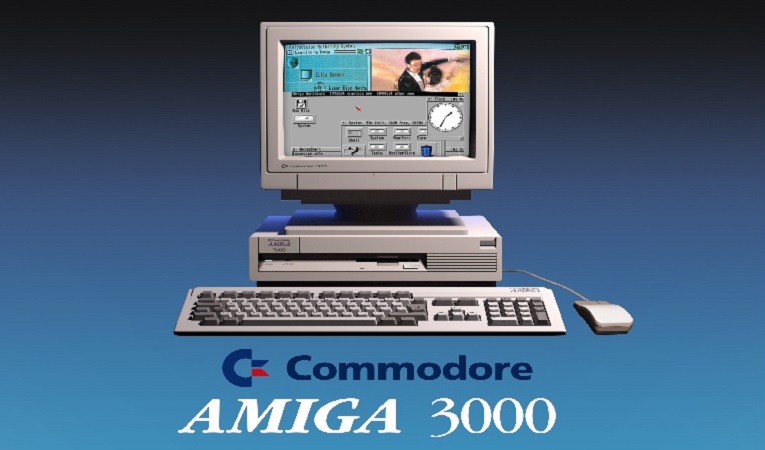
Commodore Amiga Home computers did much more than bring arcades into our bedrooms. A whole new generation of content creators poured their wildest ideas into the Amiga platform, doing things that previously required hundreds of thousands of dollars in equipment. Video Toaster in combination with amazing Amiga hardware and genius 3th party software software turned the Commodore Amiga into the Holy Grail of video editing in the early 90s. If you were born at some point in the 80s or 90s, you probably remember the very cool effects from many music videos on MTV. Most people thought of a NASA-style control room, but in reality content creators only needed the Commodore Amiga. The first Video Toaster was the brainchild of Tim Jenison, creator of the DigiView software in 1985, Brad Carvey and Steve Kell, mostly tasked with writing the software for the prototype. 3D Models requiring expensive Silicon Graphics terminals, came within everyone’s reach. Video Toaster did the impossible, and took the video editing world by storm in a matter of months. Music groups were among the first to take advantage of the Video Toaster.
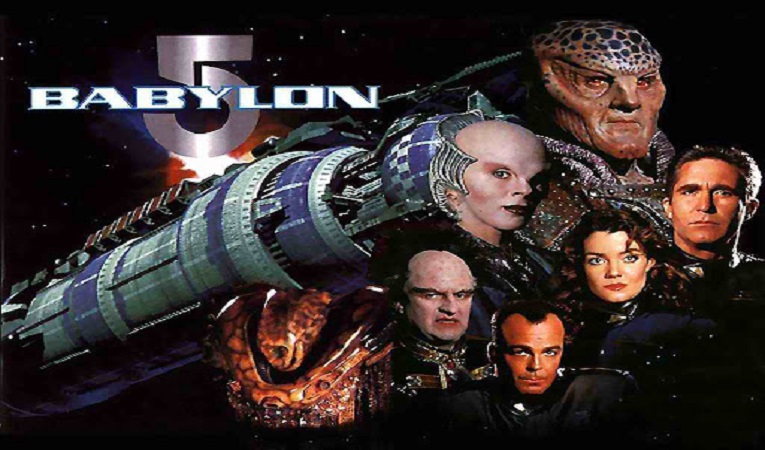
Remember the seaQuest DSV series or Babylon 5? Yes, they both used the Video Toaster platform for a good part of their special effects. The Babylon 5 pilot episode was also rendered on an entire Amiga computer network based on 24 Commodore Amiga 2000 computers. Three years later, NewTek doubled down with the Video Toaster 4000. The video processors got improved and the new release included many new digital video effects and faster performance. It also took advantage of the new enhanced graphics capabilities of the Amiga 4000. But superior technology doesn’t always win the day, Commodore made some serious financial and R&D mistakes and went bust in April 1994. Slowly, NewTek started the transition from Amiga computers to DEC Alpha and Intel Pentium workstations and the Video Toaster 4000 source code was released in 2004. Many content creators of the 90’s still remember the Video Toaster with fondness and gratitude. One of the things that made the Toaster possible was the unique Amiga hardware and NewTek understood the potential, sadly enough Commodore did not, it actually never did…
news source: Wikipedia

